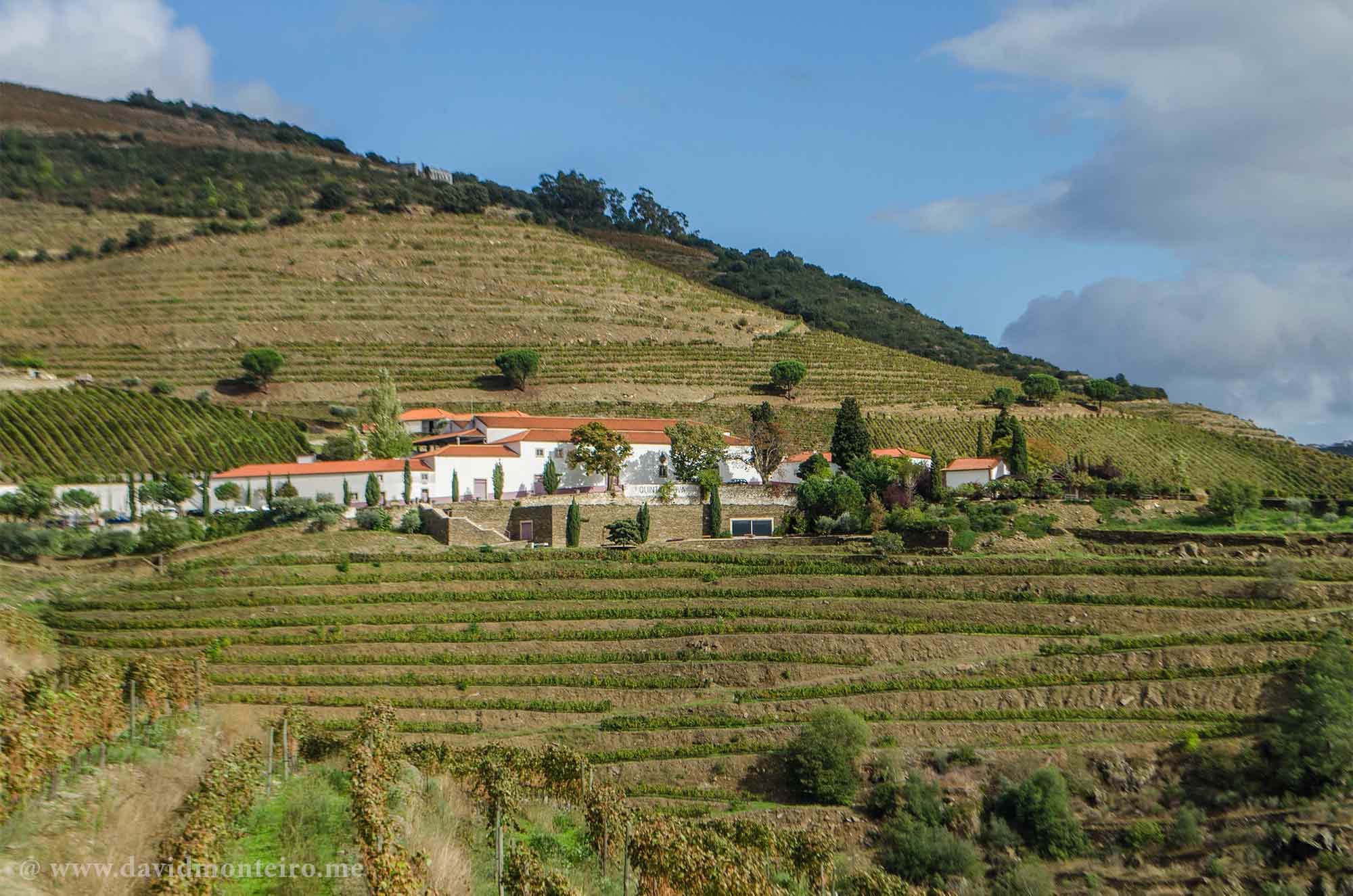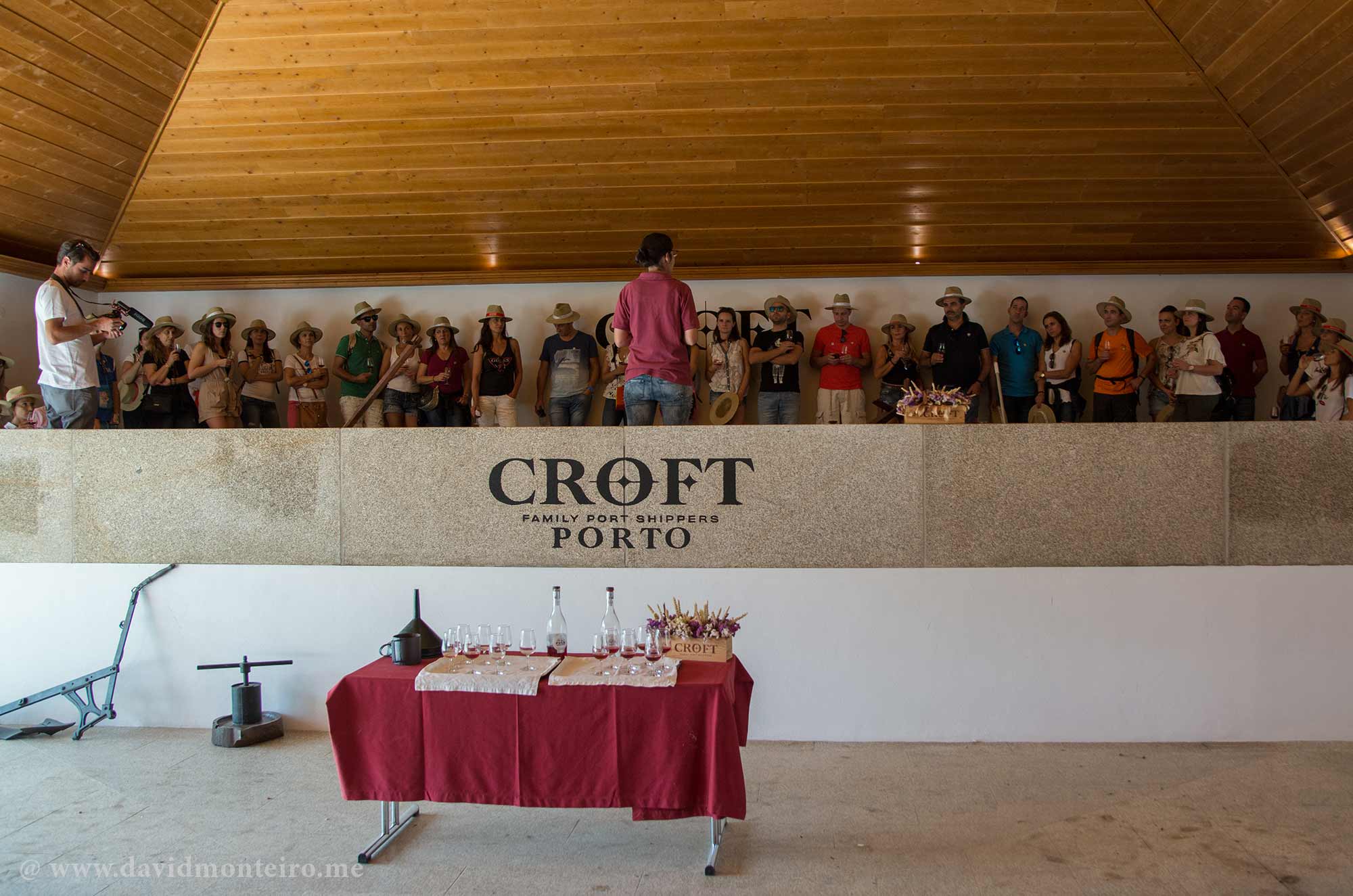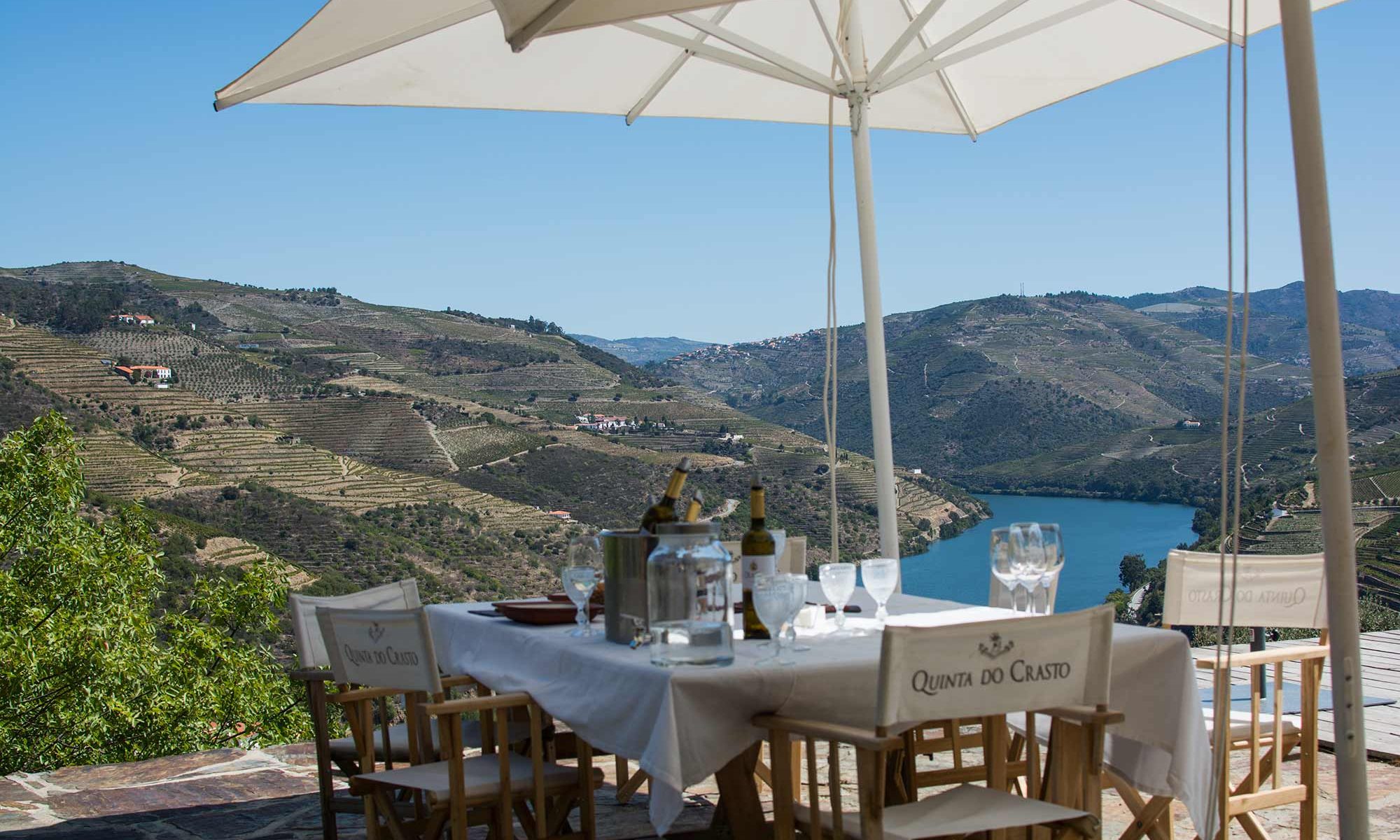Quinta, in Portugal, what is it?
In Portugal, the term “Quinta” is frequently associated with wine-related subjects, commonly signifying a wine farm.
Depending on the region in Portugal, the meaning of the term may vary.

It can denote a farming estate without necessarily producing wine.
On this website, the term primarily pertains to the wine estates in the Douro Valley.
For those interested in delving deeper into the term, an intriguing read is “Port and the Douro” by Richard Mayson.
Mayson, in this book, portrays Quintas as the foundational elements of the Douro Valley, underscoring their importance ranging from modest farms to large country estates.
Despite the term’s association with grand wine farms, Mayson highlights its broader meaning as “an area of agricultural land.”
The well-known Quintas prominently feature in this universe, but understanding the Douro Valley requires acknowledging the thousands of smaller farms.
These smaller entities form wine production communities, each contributing to the valley’s rich history and heritage.
As Mayson notes, “It is impossible to quantify the number of quintas in the Douro, but suffice to say that there are over 20,000 growers in the Douro, farming over 110,000 registered holdings.”
To complement this article, I’ve included a few photos from various Quintas in the Douro Valley.

I intend to explore and write about each of them, although I can’t specify when this comprehensive endeavor will be completed.
For a comprehensive understanding of the Douro Valley and its Quintas, Mayson’s book serves as an invaluable resource.
Are you ready to join me on one of these tours?
Carpe diem,
David Monteiro

